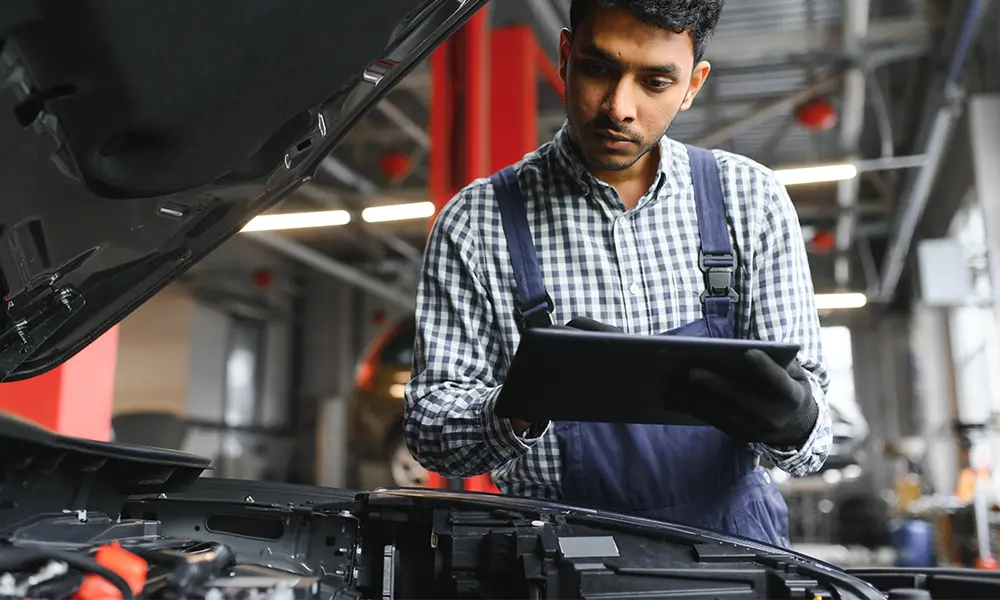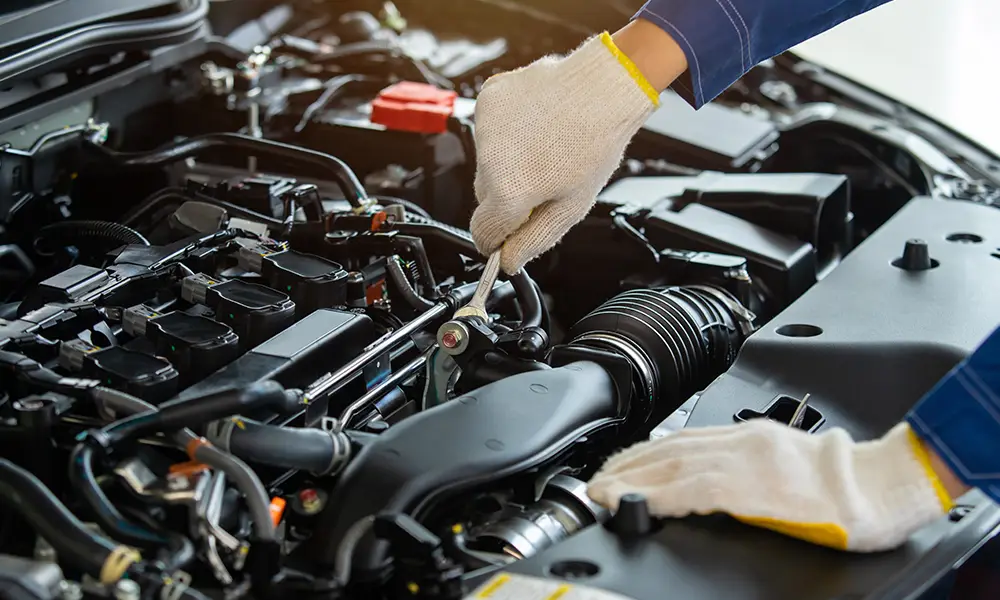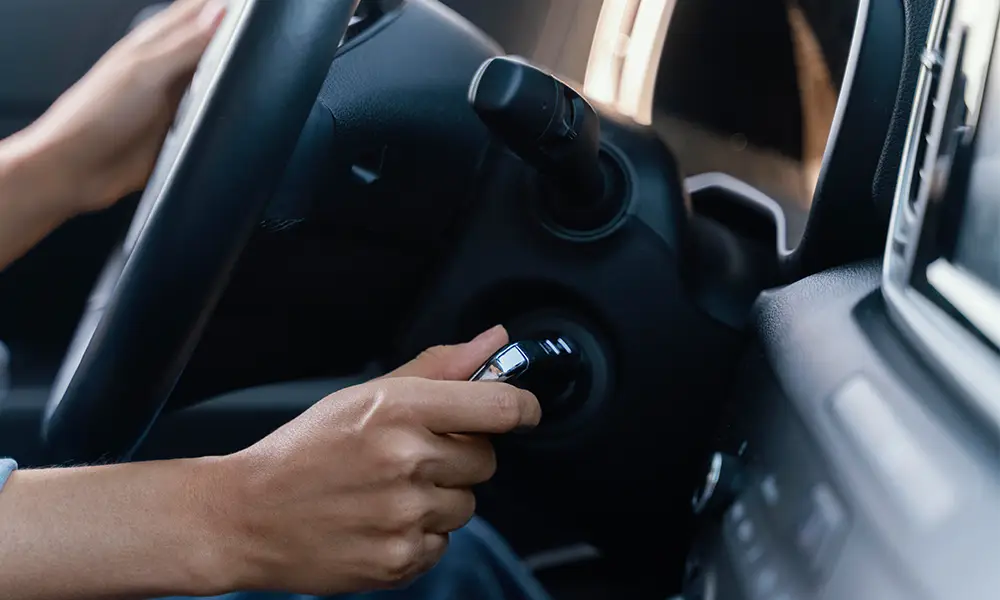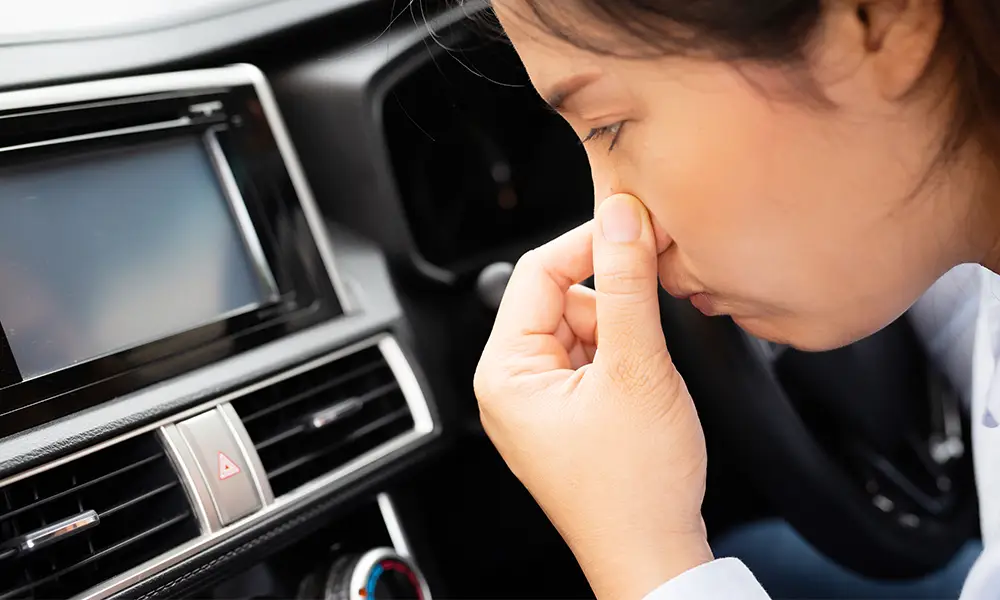Are you worried about wasting thousands on a used car that breaks down weeks after purchase? You’re not alone.
Many Australians skip inspections and end up paying for repairs they never expected.
Learning how to inspect a used car protects you from scams, mechanical faults, and hidden damage.
With the right checks, you’ll gain peace of mind and negotiate confidently. In this guide, we’ll show you exactly what to look for before handing over your money.
Why It’s Critical to Inspect a Used Car
Used cars don’t come with the same guarantees as new vehicles. What looks like a bargain could hide serious problems under the bonnet.
Inspections reveal issues with safety, performance, or even tampered odometers. By inspecting, you protect both your wallet and your safety.
How to Inspect a Used Car: The Basics
When starting your inspection, focus on these core areas:
- Exterior condition: Scratches, dents, or rust could reveal accidents.
- Engine health: Oil leaks, worn belts, and unusual noises are warning signs.
- Interior quality: A worn cabin often hints at neglect.
- Tyres and suspension: Uneven wear may suggest alignment or accident damage.
- Service records: Logbooks tell you how well the car was maintained.
By systematically checking these points, you’ll uncover potential deal-breakers.
Step 1: Check the Vehicle Exterior
Start with a slow walk-around. Look for mismatched paint or uneven gaps between panels—both suggest accident repairs.
Check for rust around wheel arches, door sills, and underbody areas. Rust spreads fast and is expensive to fix.
Step 2: Inspect the Engine Bay
Pop the bonnet and look for oil leaks, cracked hoses, or worn belts. These issues often mean neglect.
Listen carefully. A knocking or ticking sound when idling could indicate major engine trouble.
Step 3: Review the Service History
A well-documented service record shows consistent maintenance. Missing logbook entries should raise red flags.
Confirm that scheduled services, such as oil changes and timing belt replacements, were completed on time.
Step 4: Test the Tyres and Suspension
Run your hand across the tyres. Uneven wear signals poor alignment or suspension issues.
Bounce each corner of the car—if it keeps bouncing, the shock absorbers may be worn out.
Step 5: Inspect the Car Interior
Check the seats, dashboard, and controls. Excessive wear compared to the odometer reading may suggest tampering.
Make sure all buttons, air conditioning, and electronics work correctly.
Step 6: Take It for a Test Drive
A test drive is the most revealing part of any inspection.
Pay attention to acceleration, braking, steering response, and gear changes. Vibrations or delayed responses can signal hidden problems.
Step 7: Look for Accident Damage
Check under carpets and in the boot for welding marks or uneven panels. These could reveal a crash history.
Accident repairs might not show up in casual checks, so be thorough.
Step 8: Verify Ownership and VIN Number
Match the VIN on the car with the registration papers. If numbers don’t align, walk away.
You can also run a PPSR check to see if the car has finance owing or is listed as stolen.
Step 9: Assess Fluid Levels
Pull out the dipstick and check the oil colour. Milky oil often indicates head gasket issues.
Look at coolant and transmission fluid levels—low or dirty fluids point to poor maintenance.
Step 10: Get a Professional Inspection
Even if you feel confident, hiring a mechanic adds another layer of protection.
Car One offers pre-purchase inspections in Brisbane to ensure you don’t miss critical details.
Common Mistakes When Inspecting a Used Car
Don’t fall for these errors:
- Skipping the test drive.
- Trusting verbal promises without paperwork.
- Ignoring small leaks or noises.
These mistakes often lead to regret after purchase.
Negotiating After the Inspection
Once you’ve found issues, use them as leverage to lower the asking price.
Be confident, back up your negotiation with evidence from the inspection.
How to Inspect a Used Car the Right Way
So, how to inspect a used car before buying? The answer is clear: check the exterior, engine, tyres, suspension, and documents before signing anything.
At Car One, we guide Brisbane drivers through smart vehicle decisions. Our expert mechanics offer reliable inspections and servicing designed to keep you safe on the road.
Call us on (07) 3607 0215 to Book your pre-purchase inspection with Brisbane’s trusted automotive specialists.
FAQs
1. Why should I inspect a used car before buying?
Inspections help uncover hidden mechanical problems and prevent unexpected repair bills.
2. How can I check if a car has been in an accident?
Look for mismatched paint, uneven panel gaps, and welding marks in hidden areas.
3. What documents should I ask for when buying a used car?
Request the logbook, service history, and proof of ownership with a matching VIN.
4. Should I always get a mechanic’s inspection?
Yes, a professional inspection offers expertise beyond what you can see yourself.
5. How does Car One help with inspections?
Car One offers expert pre-purchase inspections to ensure you buy with confidence.




